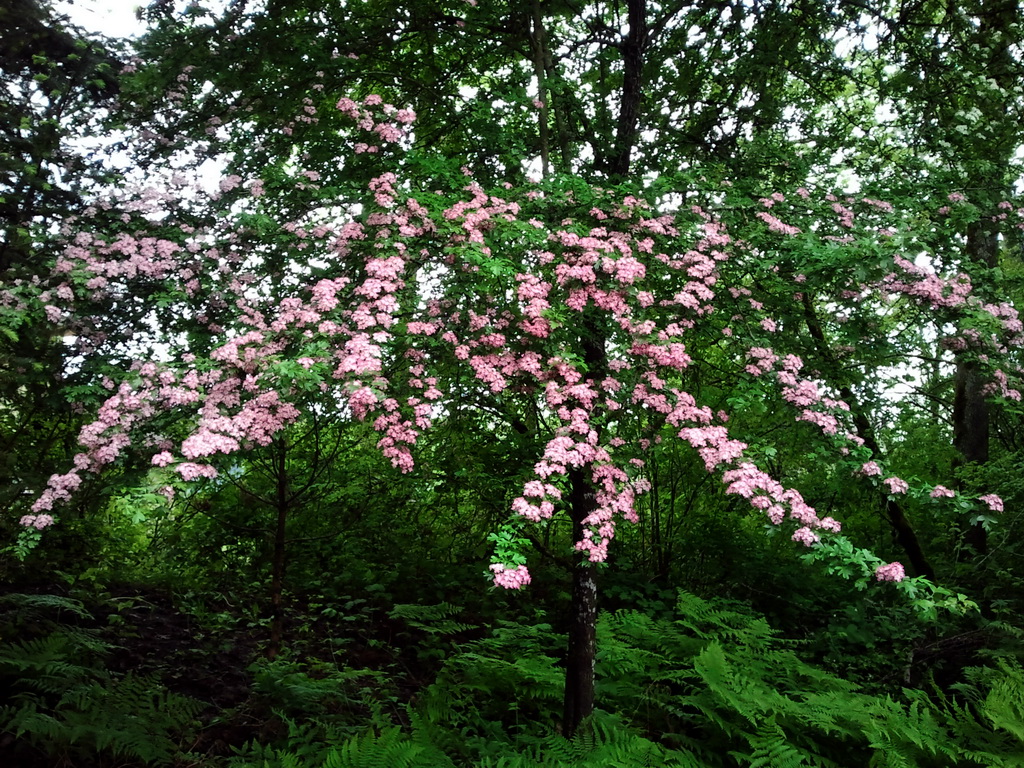His face is weathered and wrinkled by years of harsh exposure in the field, hunting for yet another renegade shady character. Today he's on another mission to capture these shady lowlifes. After driving up a remote, unmarked gravel road, he spots the trail head and rolls to a stop. He squints as he silently steps out of the old beat up four wheel drive that has not seen soap in a decade. In total silence, he makes a slow, calculated, 360 degree survey of the area, looking for any signs of trouble. The mist hangs heavy in the air and the familiar smell of dirt and decaying trees gives him a sense of place. He reaches into what used to be the back seat and pulls out his trusty old army surplus bag that has more stains on it than a TriMet bus floor. In the bag his armor of choice: two digital cameras, one macro lens, a tripod, and a handful of memory cards. No cell phone, no GPS - just a coffee-stained paper map and a compass he got in boy scouts, years ago. He swings the bag over his shoulder and takes one last look around before vanishing into the dark forest, in search of shady characters...

And so it begins again for Macro Man - sometimes with his canine companion with the super-hero nose; other times it's just him and and a hunch. The shade-loving woodland wildflower characters just keep coming out. Seems like every outing these days has him stooped over, examining some type of bloom. I suppose this is better than those geezers who walk around all day with metal detectors, although they probably do have a better ROI, all things considered.
So here's the mug shots of the latest shady characters. See if you can spot the rogue misfit in this lineup!
=======================================
This pretty face will lead you astray every time, so watch out. They can be as tall as 3 feet, commanding a good view of the surroundings:
 |
| Smith's Fairybell - Prosartes smithii - native |
Another regular shady character, this ground cover character can be used as mosquito repellent if need be:
 |
| Vanilla Leaf - Achlys triphylla - native |
If you want to be enchanted, this might be the ticket. Just be careful about what lurks below it...
 |
| Enchanter's Nightshade - Circaea alpina - native |
Be on the lookout for crusty hangouts like this one. Stop in for a beer and mingle with the locals to get the current pulse:
 |
| Life at the bottom can be fruitful... |
These large blossoms stand out on the forest floor, distracting you from impending danger...
 |
| Columbia Windflower - Anemone deltoidea - native |
One of the easiest characters to miss, these Starflowers hide in the shadows, trying to evade capture:
 |
| Pacific Starflower - Trientalis borealis ssp. latifolia - native |
The rough and tumble waterleaf is a tough one, so keep your eyes peeled near this guy:
 |
| Pacific Waterleaf - Hydrophyllum tenuipes - native |
They say the gold miners ate these guys for salad. I just can't picture a miner eating any kind of salad...
 |
| Miner's Lettuce - Claytonia perfoliata - native |
Hanging out near small clearings, these bright faces grab your attention right away. They look strangely familiar, always a bad sign...
 |
| Creeping Buttercup - Ranunculus repens - non-native |
Looking like signs pointing the way home, these tricksters can have you walking in circles in no time:
 |
| False Soloman's Seal - Maianthemum racemosum - native |
Now here's one that looks exotic, like it doesn't belong. They can confuse your gaze with the hundreds of tiny blossoms and petite leaves on the ground:
 |
| Foamflower - Tiarella trifoliata - native |
Another sign of trouble. Keep your guard up around these guys, but look for signs of recent intrusion:
If you want the inside scoop on the real dirt, talk to these guys. Very reliable stools in my experience:
 |
| Inside Out Flower - Vancouveria hexandra - native |
And last but not least, watch out for this mole. He looks like any normal, edible berry plant, but oh, so tricky. Every part of this guy is poison and will bring you down quickly:
 |
Red Baneberry - Actaea rubra - native
|
OK, if you amateur sleuths picked the Creeping Buttercup as the rogue shady character, you are correct! The non-native creeper moves into the area practically unseen and eeks out a living by showing its bright sunny face in a crowd of green. This time the Macro Man shows his soft side and sits down to admire them while having his alligator jerky and four day old coffee for lunch.
But next time, who knows which shady character he will spare, or not!





























































